
President Donald Trump’s unprecedented tariff overhaul sent shockwaves through global markets on Thursday, as countries scrambled to assess the economic fallout from sweeping US import levies set to take effect in April.
The White House has announced a universal 10% tariff on all imports starting April 5, while “reciprocal tariffs” – based on the rate each country imposes on the US – will apply from April 9.
The policy represents the most dramatic reshaping of international trade rules since the Second World War.
A chart issued by the administration showed countries like Vietnam (90%), Cambodia (97%), and Sri Lanka (88%) facing some of the harshest assessments, with corresponding US tariffs reaching 46%, 49%, and 44% respectively.
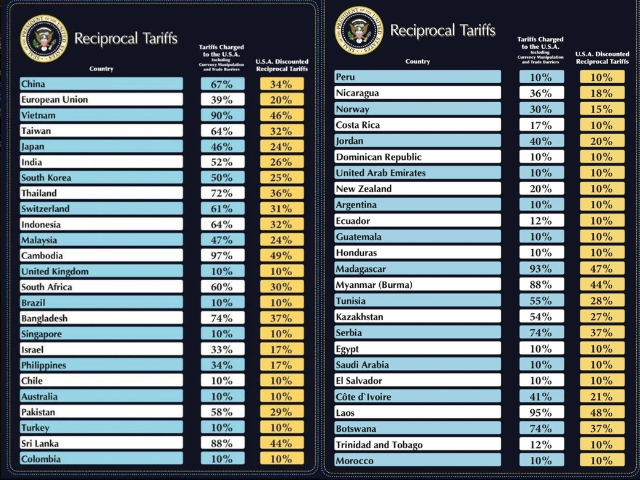
China pushes back
China, which imposes a 67% trade barrier against the US, will face a 34% reciprocal tariff.
China’s commerce ministry called the move “damaging to global growth,” and pledged retaliatory measures. Beijing may target rare earth exports and devalue its currency in response.
The closure of the “de minimus” tariff exemption – used by Chinese e-commerce platforms like Shein – is expected to further squeeze Chinese exporters.
Asia braces for impact
Japan and South Korea, both major auto exporters, expressed “deep regret” over their respective 24% and 25% tariffs. Tokyo said it was lobbying for exemption, while Seoul’s government pledged an “all-out” response.
Taiwan, facing a 32% tariff, warned the levies could contract GDP by nearly 4%. Taipei had previously attempted to avoid steep tariffs by agreeing to major US-based investments by chipmaker TSMC.
India, hit with a 26% tariff, called the decision “a mixed bag.” New Delhi may consider reducing duties on $23bn in US goods to de-escalate tensions. Pharmaceuticals were notably spared.
Thailand, facing 36%, urged exporters to diversify and said it would pursue dialogue with the US to avoid prolonged disruption.
Moreover, Pakistan sees a 29% tariff as part of President Donald Trump’s sweeping overhaul of global trade rules.
Trump, who has consistently pushed for a reset of international trade agreements, argued that high tariffs by other countries have effectively subsidised foreign economies at the expense of US industry. Citing Pakistan’s 58% tariff on American goods, Trump said the 29% reciprocal tariff was justified.
The US remains one of Pakistan’s top trading partners. In 2024, bilateral trade between the two countries reached $7.3 billion. US exports to Pakistan grew by 4.4% to $2.1 billion, while imports from Pakistan rose by 4.9% to $5.1 billion.
Reactions in Europe, Oceania
The UK avoided steeper tariffs, receiving only the base 10%. Prime Minister Keir Starmer’s cooperative diplomacy with Trump was credited for the reprieve. Nevertheless, economists forecast thousands of job losses.
The EU drew a 20% tariff, which Brussels called “disproportionate,” warning of trade retaliation unless the measures are rolled back.
Australia and New Zealand were also assessed the base 10%. Prime Minister Albanese said the policy “betrays the US-Australia alliance,” while his New Zealand counterpart called it inflationary and misguided.
North America: partial reprieve
Canada and Mexico were spared from the latest tariff round but remain under previous 25% duties on steel, aluminium, and autos. Ottawa said it would impose countermeasures, while Mexico pledged to present a comprehensive response plan.
The Trump administration justifies the tariffs as a response to what it claims are one-sided trade deals, currency manipulation, and weak enforcement of previous agreements. The published chart reveals stark disparities: countries like Bangladesh (74%), Myanmar (88%), and Botswana (74%) face major new barriers.
While some US trading partners have hinted at legal action through the World Trade Organization, others are seeking back-channel diplomacy or economic diversification to reduce reliance on American markets.
As tensions build, economists warn that retaliatory moves could trigger a full-scale trade war, threatening supply chains and global GDP growth. More than 40 countries now face double-digit tariffs under the new US framework
Tarrifs on uninhabitated islands
Donald Trump has imposed tariffs on uninhabited territories, including the Heard and McDonald Islands in the sub-Antarctic, and Norway’s Jan Mayen island in the Arctic Ocean.
The islands, which have no permanent human population and are home primarily to penguins, seals, and seabirds, are part of the latest wave of Trump’s universal 10% baseline tariffs on imports into the United States.
A White House official confirmed that the Heard and McDonald Islands were included due to their status as Australian territory, which was already subject to the new import levies. The archipelago is more than 2,000 miles southwest of Perth and requires a permit for access under Australian Antarctic Division regulations.
The Jan Mayen island, located in the Arctic and managed jointly with Svalbard, has also been listed. While Norway will face a higher 15% tariff, Jan Mayen and Svalbard were each assigned a flat 10% rate.
The move has raised questions about the symbolic and practical implications of taxing territories with no commercial export activity. The British Indian Ocean Territory, home to the US-UK Diego Garcia military base, also appears on the list of taxed regions, despite its restricted population of military personnel.
Trump's tariffs list is missing one big country: Russia
President Donald Trump’s sweeping global tariff announcement excluded three notable countries: Russia, Canada and Mexico.
While the United States announced a baseline 10% tariff on nearly all imports, with higher reciprocal rates for specific countries, Russia did not appear on the list. Press Secretary Karoline Leavitt said the omission was due to “pre-existing sanctions that already preclude any meaningful trade” with Moscow.
Despite those sanctions, US-Russia trade still totalled $3.5 billion last year — more than with some of the smaller countries and territories included in the tariff schedule, such as Mauritius, Tokelau and Svalbard. Leavitt noted that countries like Cuba, Belarus and North Korea were similarly excluded due to overlapping economic penalties already in place.
Trade with Russia has fallen sharply from $35 billion in 2021 to a fraction of that in 2024, largely because of measures imposed following Russia’s invasion of Ukraine. Trump, who has participated in ceasefire discussions involving Russia and Ukraine, said earlier this week that he was “pissed off” at President Vladimir Putin and warned of secondary tariffs on Russian oil.
Meanwhile, Canada and Mexico — the US’s closest trading partners — were absent from the latest round because both nations are already subject to 25% tariffs implemented earlier in Trump’s second term. Leavitt confirmed that those levies remain in place and are not being revised at this time.







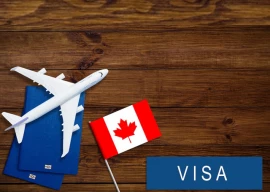

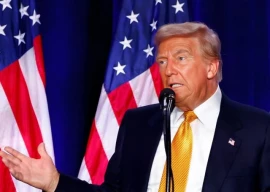
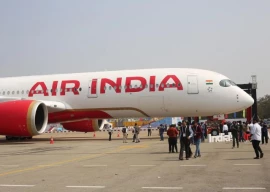



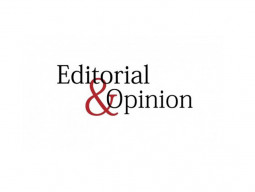


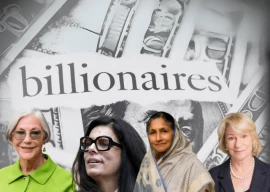






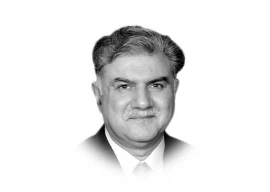


COMMENTS
Comments are moderated and generally will be posted if they are on-topic and not abusive.
For more information, please see our Comments FAQ